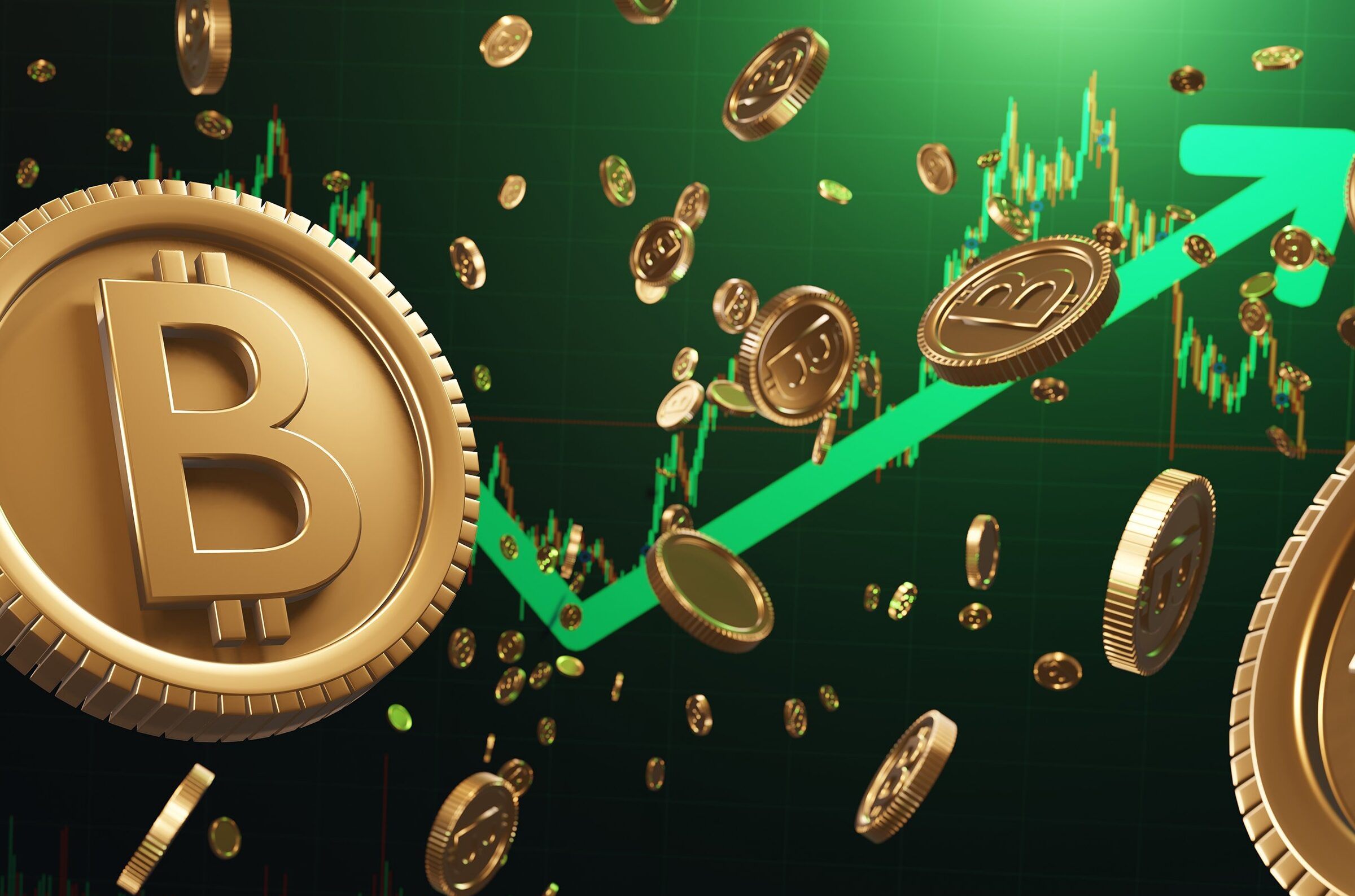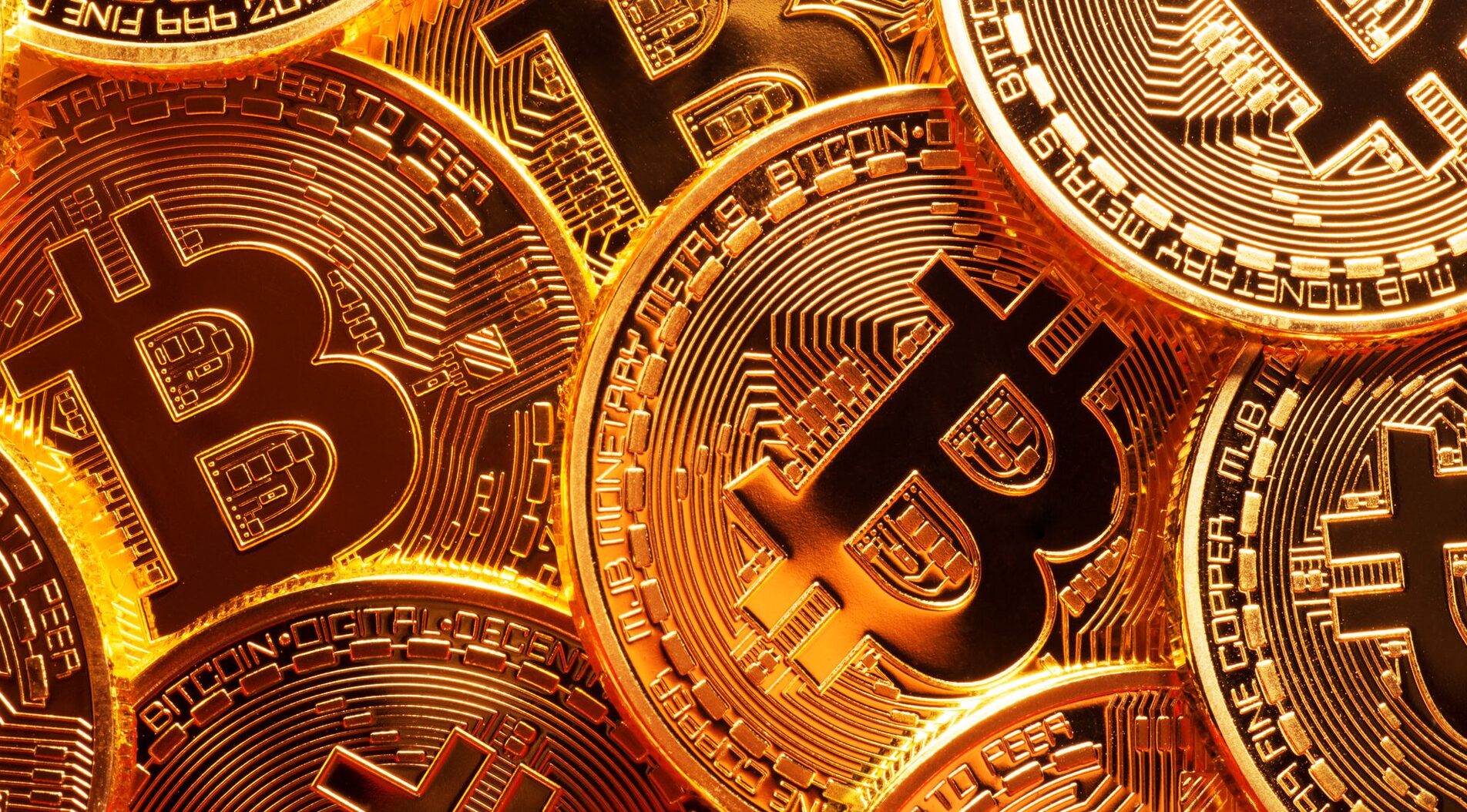Bitcoin halving is an important event in the world of cryptocurrency that occurs every four years. The term “halving” refers to the reduction of block rewards for Bitcoin miners by 50%. This means that the number of Bitcoins generated by mining is reduced, which in turn decreases the supply of available Bitcoins. The purpose of Bitcoin halving is to simulate diminishing returns and reduce the inflation rate of Bitcoin. The reduced inflation rate is expected to lead to higher demand for Bitcoin, which can drive up its price.
Bitcoin halving occurs approximately every four years, or after every 210,000 blocks have been mined This frequency is pre-programmed into the Bitcoin protocol and is designed to ensure that the maximum supply of Bitcoin is capped at 21 million. As a result of the halving cycle, the supply of available Bitcoin decreases, raising the value of Bitcoins yet to be mined. This disinflationary pressure on the digital currency is considered a good economic model that can help Bitcoin increase in value over time.
Bitcoin halving is expected to have a significant impact on the price of Bitcoin. Historically, every halving event has resulted in a bull run for Bitcoin, with the price rising as demand increases. The reduced inflation rate resulting from Bitcoin halving is expected to lead to higher demand and, in turn, a higher price for Bitcoin. Additionally, Bitcoin halving helps prevent inflation by slowing the pace at which new Bitcoins are created, ensuring that the rate of supply does not outstrip demand. Overall, Bitcoin halving is an important event that can have a significant impact on the value of Bitcoin and the cryptocurrency market as a whole.
Bitcoin halving is an event that occurs approximately every four years, where the mining rewards for confirming Bitcoin transactions are cut in half. This reduction in rewards is due to a pre-set rule in Bitcoin’s code that limits the total supply of Bitcoin to 21 million BTC. As a result, halving reduces the rate at which new Bitcoins are created and ultimately affects the supply and demand of Bitcoin. The next halving event is estimated to occur in 2024, where the reward will be reduced from 6.25 to 3.125 Bitcoins per block mined.
The reduction of Bitcoin’s block rewards during halving events promotes healthy and sustainable growth of the network. By decreasing the number of new Bitcoins entering circulation, the halving event creates disinflationary pressure on the digital currency, helping it to increase in value. In fact, Bitcoin halvings have been linked to massive increases in the price of BTC, giving miners an incentive to mine more even though their payouts have been reduced. However, if the price of Bitcoin does not rise and block rewards are reduced, miners may lose the incentive to create more Bitcoin.
Bitcoin halving is just one of the several factors that influences the price of Bitcoin. However, some experts believe that the halving event will cause a significant increase in the price of Bitcoin, as the reduced inflation rate will lead to higher demand for the digital currency. Moreover, halving prevents inflation by acting to periodically slow the pace at which Bitcoin are created, so as to not outstrip demand. In conclusion, the impact of Bitcoin halving on the supply of Bitcoin is significant and can lead to increased demand and value for the digital currency.
Historical data on Bitcoin halving and its effect on price
Bitcoin halving is a significant event in the world of cryptocurrency that occurs approximately every four years. During a halving event, the reward for mining Bitcoin transactions is cut in half, reducing the rate at which new coins are created. The first Bitcoin halving event occurred on November 28, 2012, and since then, there have been two more halving events, with the most recent occurring on May 11, 2020. The purpose of halving is to control inflation and ensure that the supply of Bitcoin remains limited.

Bitcoin halving events have historically had a significant impact on the price of Bitcoin. In the months leading up to a halving event, there is often an increase in demand for Bitcoin, which can drive up the price. Following the halving, the supply of new Bitcoin is reduced, which can lead to a further increase in price due to the limited supply. Historical data shows that every halving event has resulted in a bull run for Bitcoin, with the price increasing significantly in the months following the event.
The impact of Bitcoin halving events on the price of Bitcoin can vary. The first halving in 2012 had no noticeable effect on the price of Bitcoin initially, but the price increased significantly in the months following the event. The second halving in 2016 saw a significant increase in the price of Bitcoin, with the price rising from around $650 to over $2,500 in the months following the event. The most recent halving in 2020 also saw a significant increase in price, with the price of Bitcoin rising from around $8,000 to over $60,000 in the months following the event. Overall, Bitcoin halving events have historically had a positive impact on the price of Bitcoin, and many investors and analysts anticipate that the next halving event, scheduled for 2024, will lead to another bull run for Bitcoin.
Predictions and speculations on the future of Bitcoin price after halving
Bitcoin halving is a process that reduces the rate at which new bitcoins are released into circulation by half. This process is expected to continue until the year 2140. Historically, every halving event has resulted in a bull run for Bitcoin, with the price of Bitcoin rising as a result. Supporters argue that Bitcoin will be guaranteed to increase in value after halving, preventing inflation by slowing down the rate of new supply. Some experts predict that the reduced inflation rate will lead to higher demand for Bitcoin, causing a significant increase in its price. However, other factors may also affect the price of Bitcoin after halving.

Factors that may affect the price of Bitcoin after halving include the fees-to-rewards ratio and historical cycles. Additionally, halving reduces the rate at which new coins are created, lowering the available amount of new supply. While halving is just one of several factors that influence the price of Bitcoin, it does have an impact on the price whenever it occurs.
Potential scenarios and outcomes for Bitcoin price after halving include a significant increase in price due to reduced inflation and increased demand. Historically, Bitcoin halvings have resulted in a price increase in the months following the event. However, it is important to note that other factors may also come into play, and the future of Bitcoin’s price remains uncertain. As with any investment, it is important to do thorough research and consider all factors before making any decisions.










